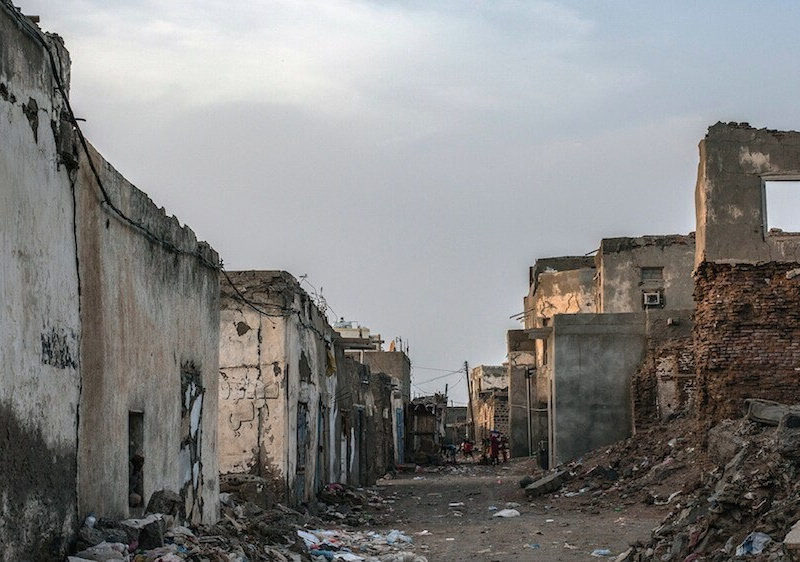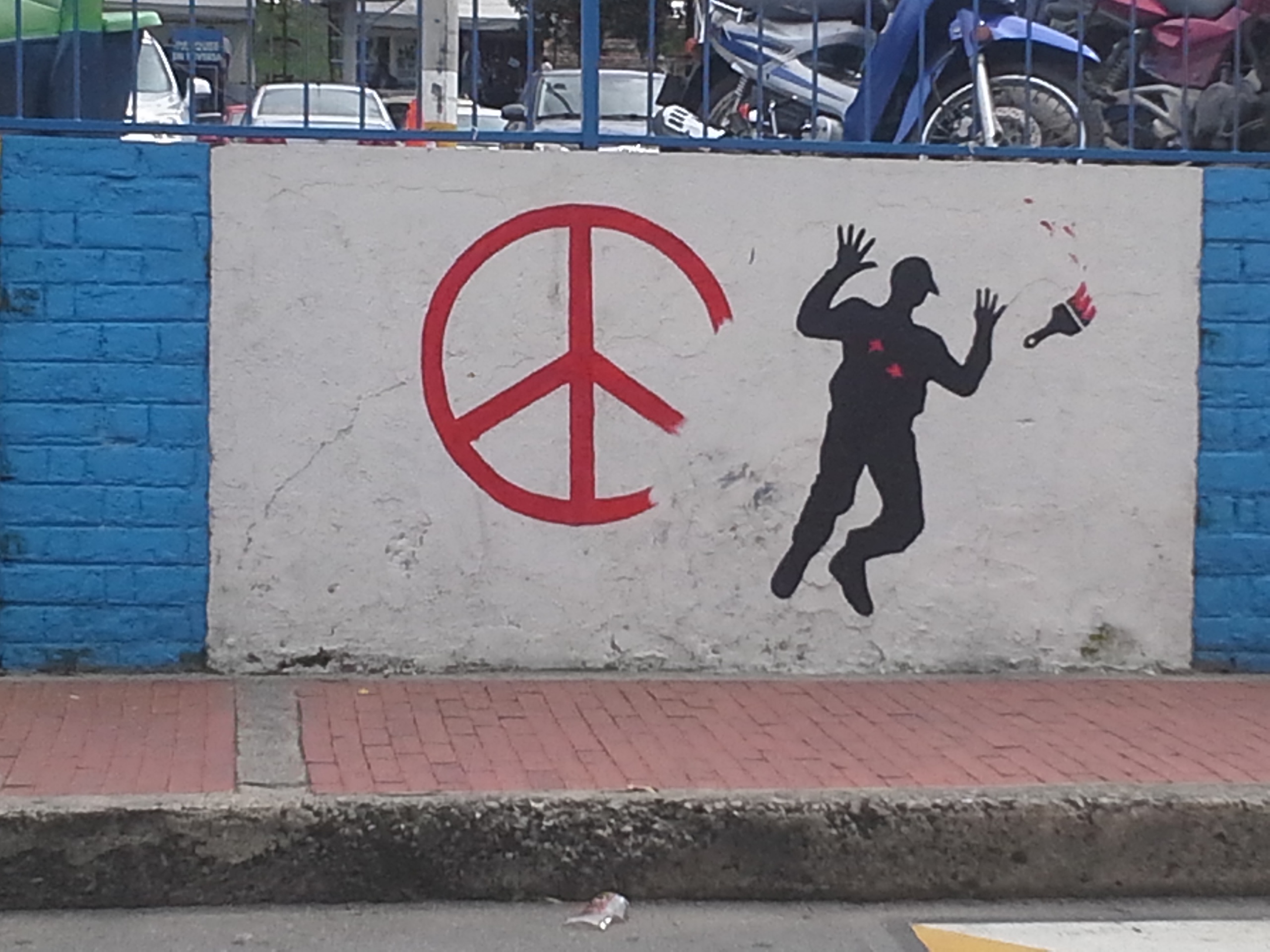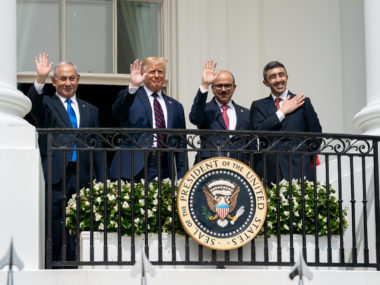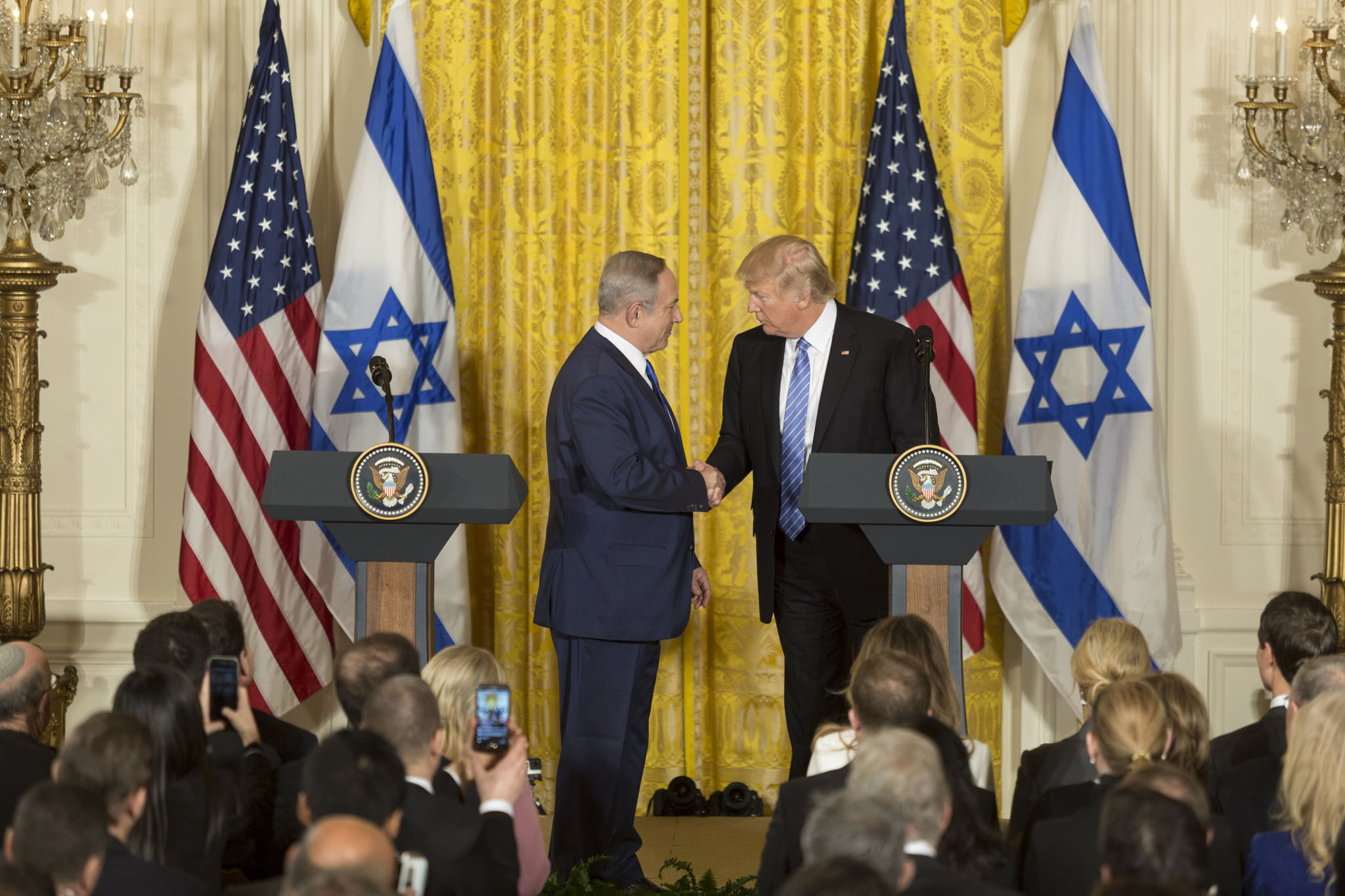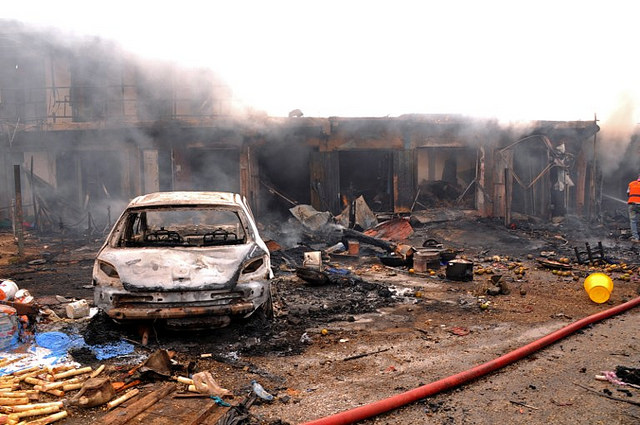Guest post by Marta Furlan
In 2014, the Houthis, a Zaydi Shia armed group from the Sa’ada region of northern Yemen, aligned with former President Ali Abdullah Saleh, who had been removed following the Arab Spring uprisings. Together, they defeated the government led by President Abd Rabbuh Mansur Hadi, and established control over the Yemeni capital of Sana’a and the entirety of northern Yemen.
At that time, Iran began to progressively increase its support for the Houthis, seeing partnership with the group as an opportunity to advance its revisionist agenda in the region and establish its influence in the southern Red Sea, an area of immense strategic significance. Threatened by aggressive Iranian expansionism at its doorstep, in March 2015, Saudi Arabia entered the war alongside Hadi. As Iran sided with the Houthis and Saudi Arabia sided with Hadi, Yemen became the battlefield of both a domestic competition for power between different local factions and a regional competition for influence between Teheran and Riyadh.
The complexity that characterizes the Yemeni conflict is not unique. In the modern Middle East, countries such as Syria, Iraq, and Libya also experienced civil wars that developed into multi-layered conflicts involving local, regional, and international actors. In Syria, for instance, the confrontation initially involved the Assad regime, the secular opposition, a plethora of jihadist groups, and the Syrian Kurds. It grew, however, into a competition between Iran, Saudi Arabia, and Turkey over the regional status quo and a competition between the United States and Russia over influence in the Middle East. Despite the civil war scholarship suggesting that one-sided victories become harder with the passing of time, the Syrian conflict ended de facto with the one-sided victory of Bashar al-Assad, supported by Russia and Iran.
As far as Yemen is concerned, the conflict is still ongoing. A major development, however, occurred two weeks ago when Iran and Saudi Arabia agreed to restore diplomatic ties and reopen embassies within two months, seven years after they severed relations. Following the signing of the agreement, which was brokered by China, questions emerged as to whether the deal might have positive implications for the war in Yemen.
Prospects aren’t promising. The conflict in Yemen is at its heart a civil war between Yemeni factions, which is driven by social and political tensions that emerged in Yemen following the country’s unification in May 1990. On the background of those tensions, the inception of the current conflict can truly be traced back to the early 2000s, when six rounds of confrontation saw the government and the Houthi movement fight each other in Sa’ada. Rather than being a simple binary confrontation between the Houthis and the Saudi-backed government, the war in Yemen is a complex mosaic of multiple armed factions fighting against and, at times, alongside each other. Within the anti-Houthi camp, there is a significant degree of military and political fragmentation, with different militias harboring different interests and visions. Some of those include the Southern Transitional Council (STC); al-Islah; the National Resistance Forces led by Tareq Saleh; and the National Shield Force formed by Saudi Arabia.
A reconciliation between Iran and Saudi Arabia will not address the deep-rooted and long-harbored hostility between the Houthis and their opponents, nor will it address the tensions and differences that dominate the anti-Houthi camp. At the very best, the Saudi-Iranian détente will facilitate the bilateral talks that have been ongoing between Saudi Arabia and the Houthis. Those talks were initiated last October, when a six-month-long ceasefire expired, yet no side (Houthis, Saudi Arabia, the government) was willing to return to the battlefront amidst war fatigue. However, the Presidential Leadership Council (PLC, Yemen’s de facto government) has been excluded from the Houthi-Saudi negotiation table. Its exclusion inevitably makes any Houthi-Saudi deal that might be reached in the future with Iranian support hardly consequential for the country’s peace and stability.
Will Yemen see a one-sided victory, similar to what happened in Syria? That’s unlikely. The Houthis and the government-aligned forces reached a mutually damaging stalemate in Marib that left them all weaker. Under these circumstances, academic research suggests that the warring parties could either take steps toward a negotiated settlement or persist indefinitely in a costly, stalled conflict.
The regional dimension of the war might gradually be moving toward a negotiated settlement between the Houthis and Iran, on one hand, and Saudi Arabia, on the other. Pummelled by years of fighting, the Houthis and Saudi Arabia seem to view bilateral negotiations favorably. But the domestic dimensions of the war continue to evade any negotiated settlement between Houthis and the PLC and between different PLC-affiliated militias. As the civil war literature suggests, the trajectory of the conflict will depend on how those parties assess what they can gain or lose from fighting versus negotiating. As the Houthis appear once again determined to resort to force, prospects for peace do not look particularly encouraging.
Marta Furlan is a research and policy consultant at Auswärtiges Amt (Federal Foreign Office) in Germany.

